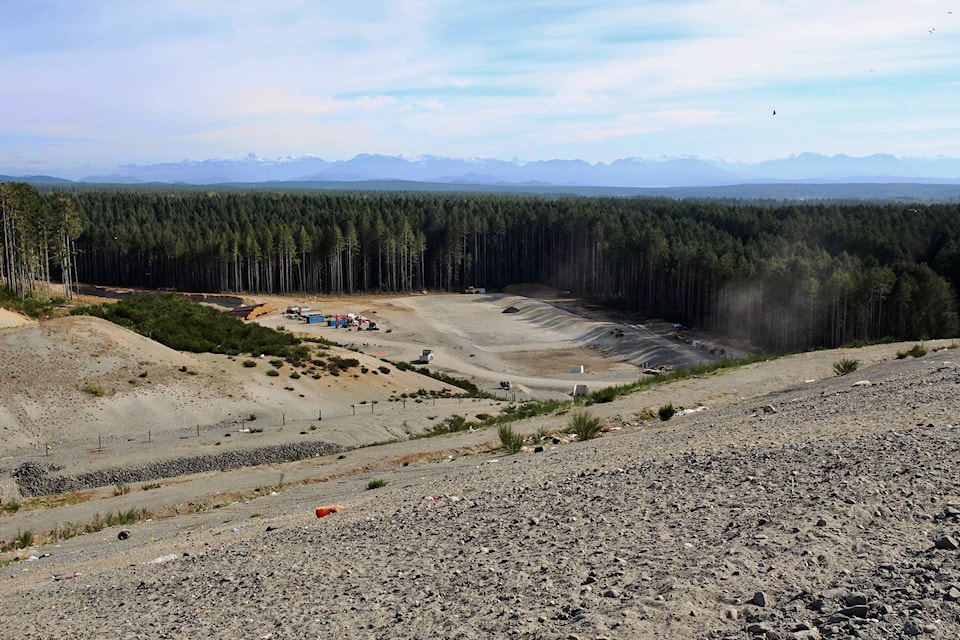The Campbell River Environmental Committee (CREC) is completely in favour of a new composting facility, they just wish Comox Strathcona Waste Management picked a better spot for it.
“While CREC believes in the compost facility, we don’t believe in the location. We have concerns about that,” said Leona Adams, president of CREC.
The issue comes down to the Organic Matter Recycling Regulation, which is B.C.’s governance document for compost facilities, which came out in 2002. In 2004, the industry asked the province to issue some guidance with the section about the requirements for composting facilities. That document includes a set of suggested minimum buffer zone distances, which are between 400 and 1,000 metres from any residential areas.
“If you look at the government reports, they tell you that siting is the most important aspect of a compost facility,” Adams said. “The guideline is for 400-1,000 metres from a residence. That’s the siting guideline. Guidelines aren’t legal, but they’re guidelines to the OMRR.”
CREC did their own independent measurements and found that the siting of the facility is only within 200 metres of the nearest residential property.
“(CSWM) have gone and taken their measurement from the furthest border,” Adams said. “The border closest to the nearest resident is the east border of their footprint. They’ve gone to the west border, and are taking that to get their measurement to the border of the neighbours. They can say that they’re 300 metres away, which is called best practices for the siting of a compost facility. That doesn’t meet the guidelines.”
The problem is that the OMRR guidance only sets out suggestions, not actual regulations. It also recommends “consulting local and provincial government regulations for actual separation distance requirements, if available and applicable.”
“I believe why these guidelines are in place is because of the airborne emissions, or odour,” she explained. “They’ve been measured 800 metres away from a compost facility.”
CREC met with the CSWM team, and a report of their meeting was issued in April. In it, CSWM says they are going to have a covering installed on the material to prevent odour, as well as biofilters and ventilation.
“We will be doing a full odour modeling, using worst case scenario (i.e. maximum feedstock, spent biofilter media, wind direction, to ensure determine odour at the property boundaries. This study will forms part of our application and we will be required to meet this standard in order to receive our permit for operation,” reads that report from CSWM.
The City of Campbell River had amended their zoning bylaw to allow this use, with knowledge of the planned footprint of the facility. At the time in 2019, no flags were raised about the siting of the facility and proximity to neighbouring properties, though people living nearby did have other concerns including the removal of trees from the area, the effect it will have on ground water and increased traffic to and from the facility.
RELATED: Proposed location for regional compost facility in Campbell River sees opposition
Comox Strathcona compost site should go to tender this summer
marc.kitteringham@campbellrivermirror.com
Like us on Facebook and follow us on Twitter
